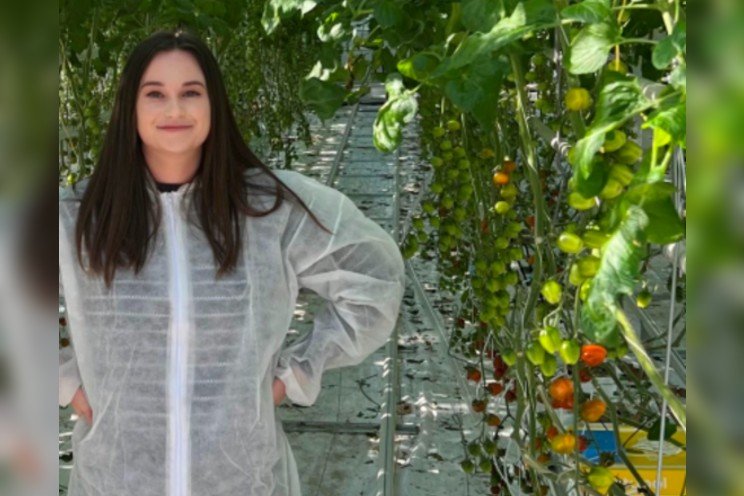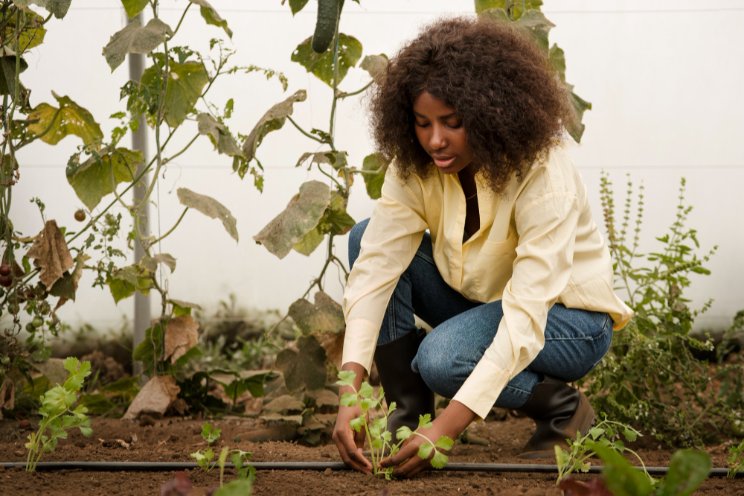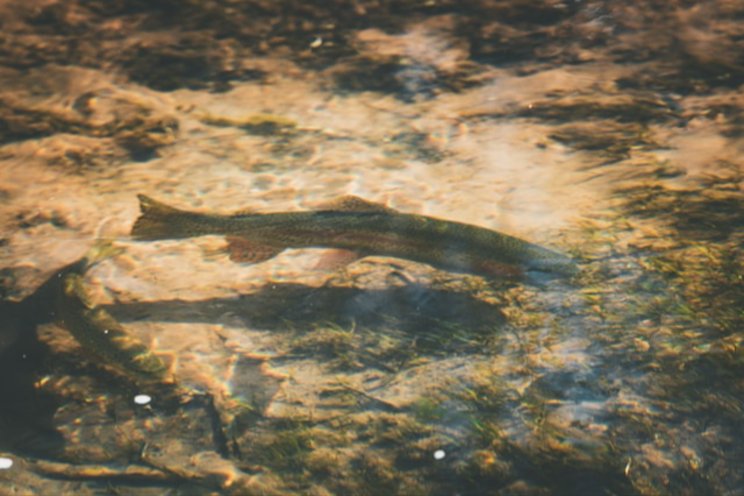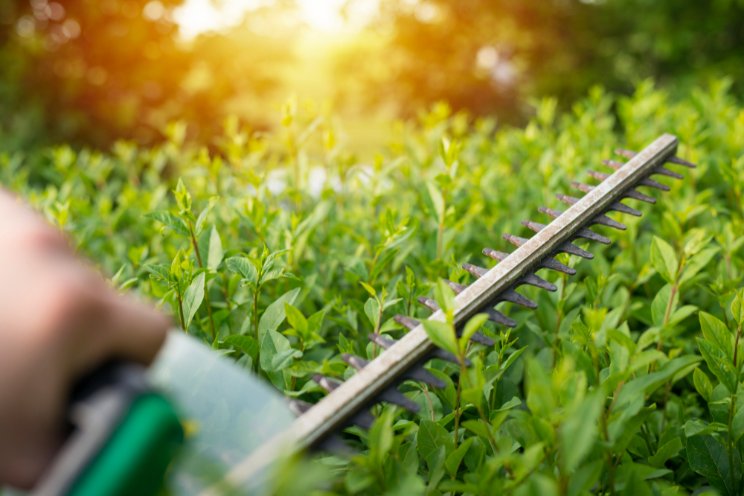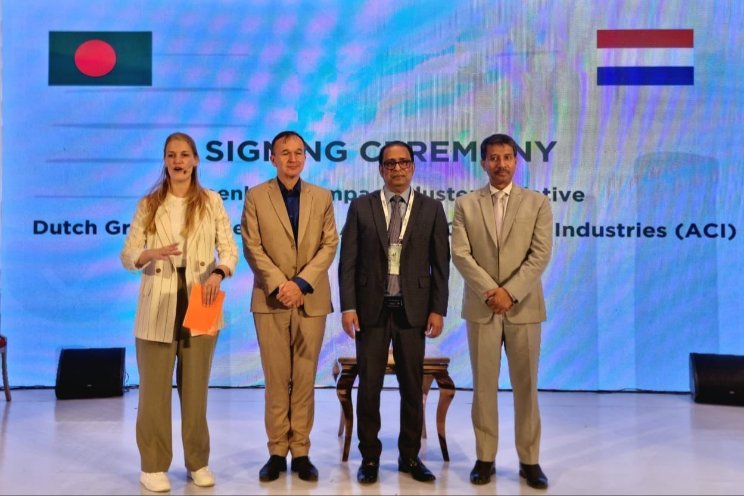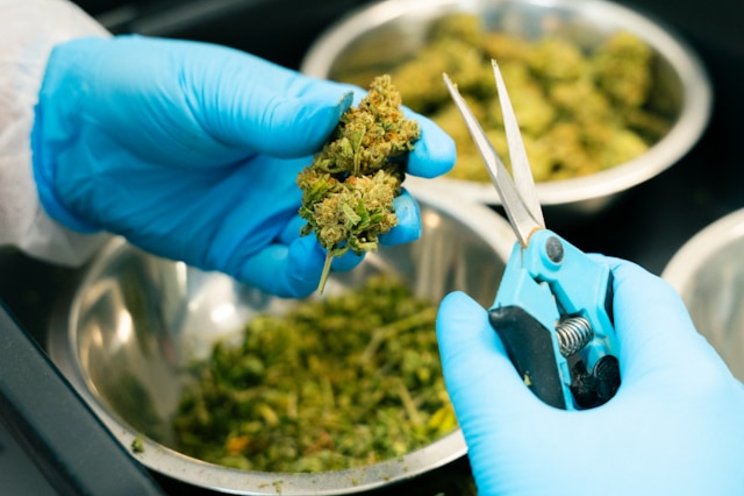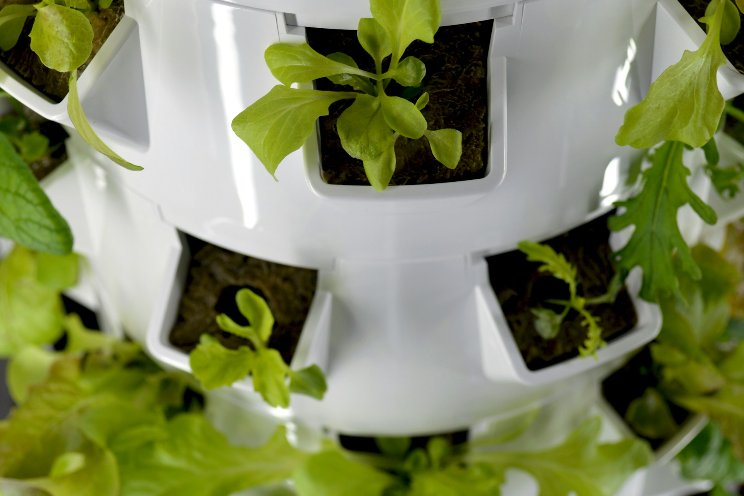Reduce light spillage with efficient facility design
Added on 13 July 2023
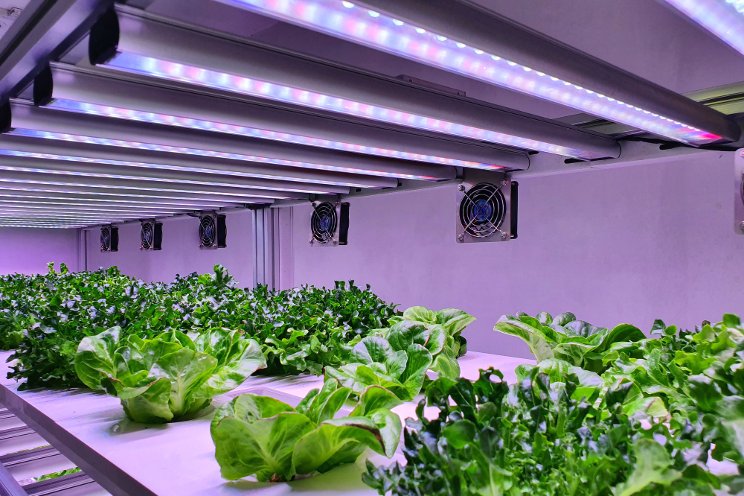
But those technological efficiencies can be negated if they are not properly implemented. For example, light spill is a phenomenon defined in RII’s Lighting Best Practice Guide as “the light delivered by fixtures used for growing that ends up on walls and walkways instead of being received by your plants.” Light spillage not only wastes energy and increases operating costs, but it can also have negative impacts on plant growth and interfere with research experiments.
Light spill is part of CEA that remains mostly understudied by academia, says Fatemeh Sheibani, a PhD candidate at Purdue University. Sheibani is studying the application of high-efficiency LED lighting fixtures in CEA, and minimizing light spillage is part of her research’s focus.
“We are measuring the real energy being expanded on LEDs and the real biomass at the end of the cropping cycles to calculate, for example, energy utilization efficiency, as we call it. So we are not dealing with modeling or estimation,” Sheibani shared.
Image by wirestock on Freepik
More news
